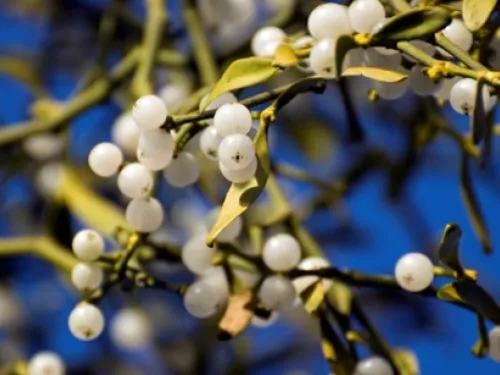It is important to impress this point. In order for us to undertake a monitoring programme of barn owl nesting success we are required to apply, annually, for a licence which lays out guidelines for monitoring and requires reporting finds.
Well, notebook and licence in ruck sac, ladder on shoulder, the box is approached.
Before putting up the ladder, or opening the hatch – no bird likes a shock – so some gentle noises to let them know we are there – a little tickle of a stick on the side on the tree. This allows a bird (or animal) to make an exit if that is their preferred choice.
This applies to approaching any nesting bird species for recording.
Don’t be too disappointed – we weren’t. Eventually the prize we were hoping for – nesting barn owls. Hang around for next month’s blog for a feast of barn owl cuties!







